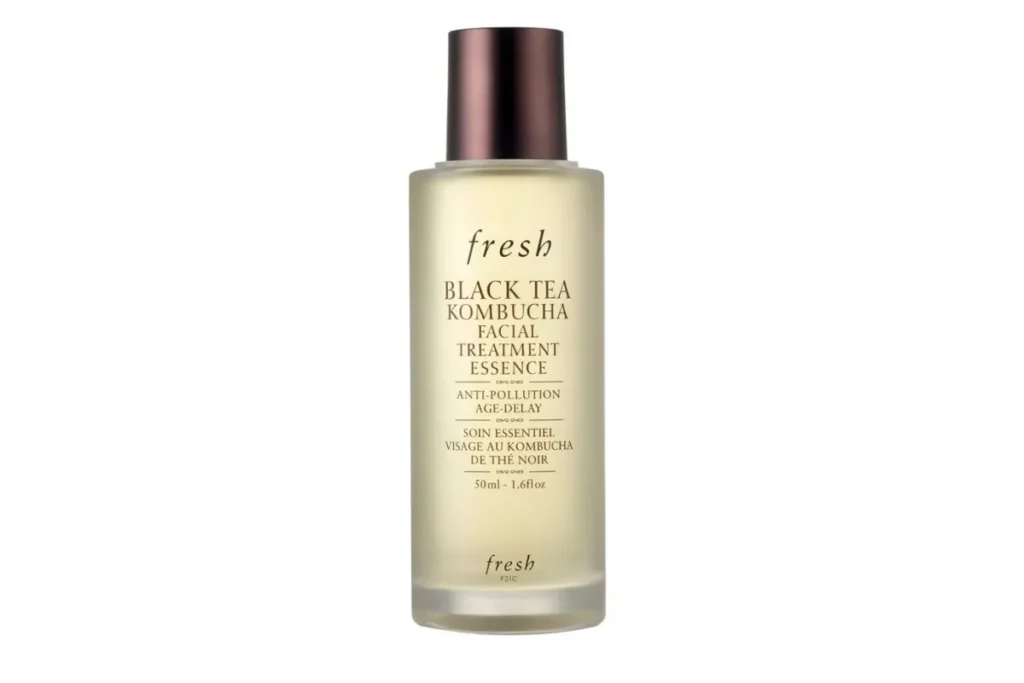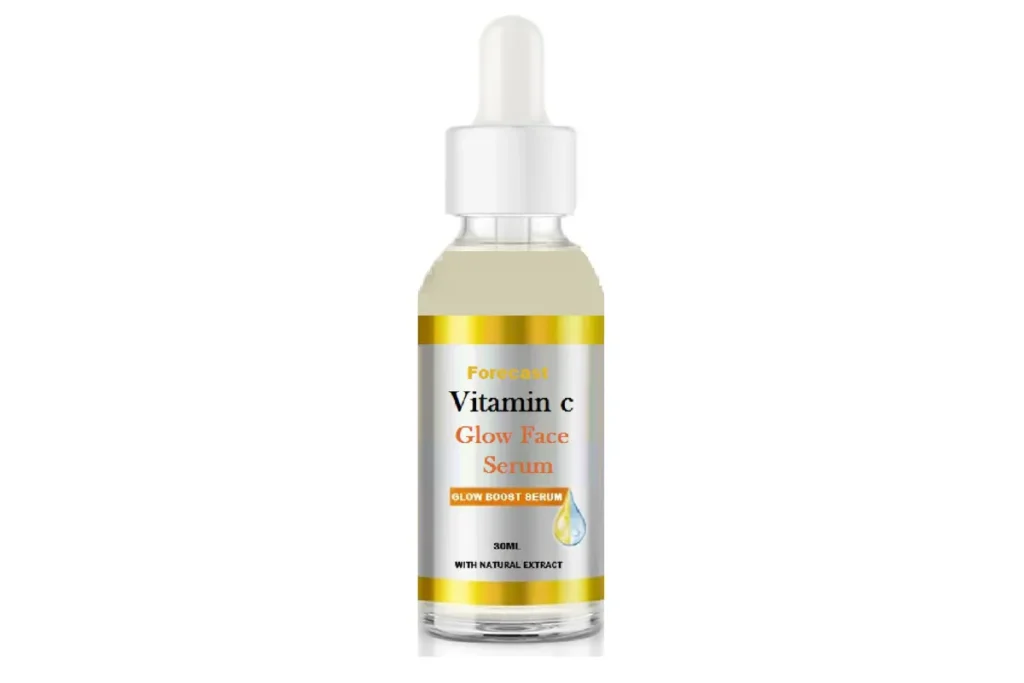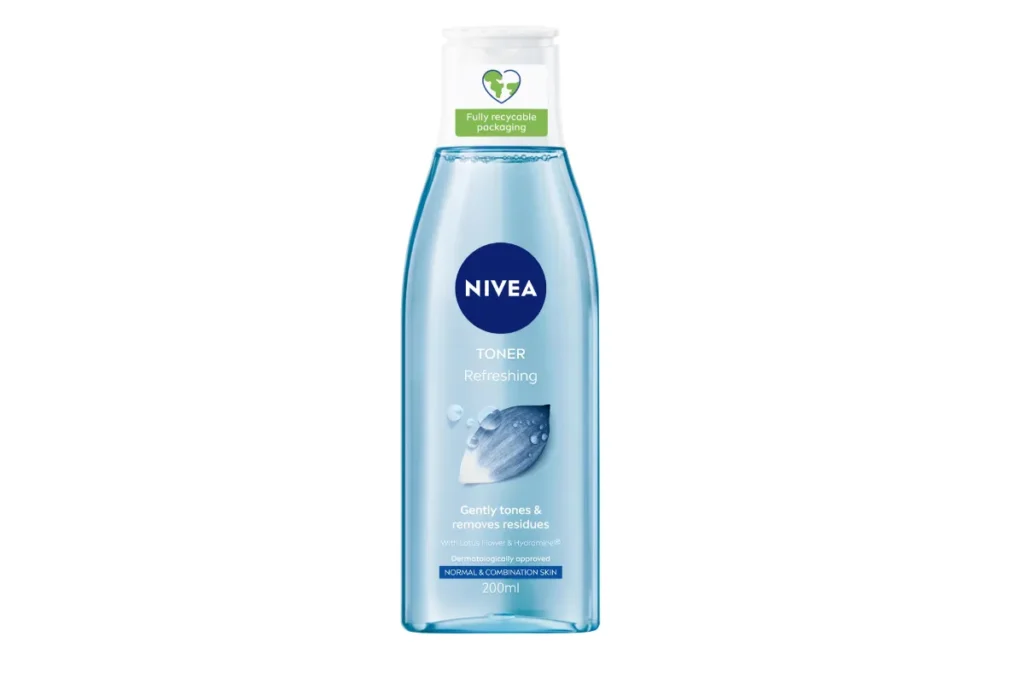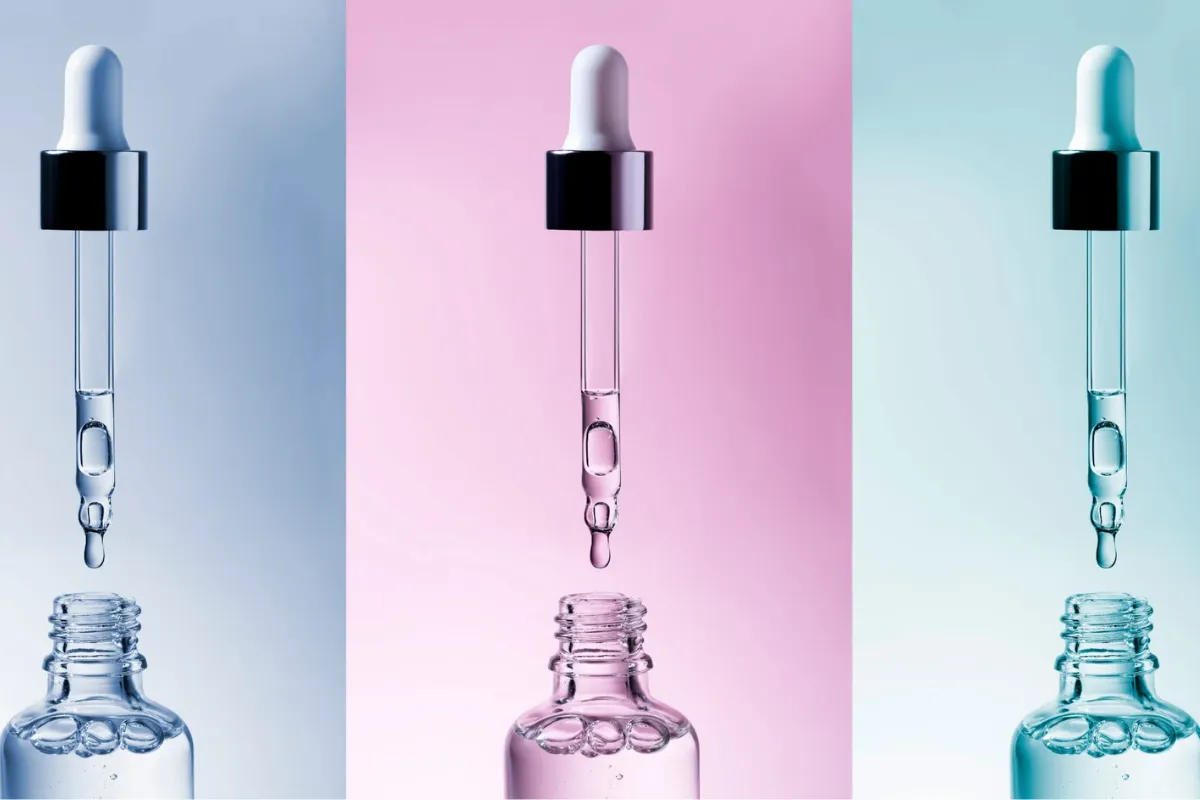In the realm of skincare, terms like face essence, serum, and toner are often used interchangeably, leading to confusion about their specific purposes and benefits.
However, each of these products serves a distinct role in a skincare routine, offering unique formulations and targeting different skincare concerns.
In this comprehensive guide, we’ll delve into the differences between face essence, serum, and toner, exploring their key ingredients, functions, and how to choose the right product for your skincare needs.
Understanding Face Essence:

Face essence is a lightweight, watery skincare product that typically contains a high concentration of active ingredients aimed at hydrating, brightening, and nourishing the skin.
Originating from Asian skincare traditions, face essence is designed to be applied after cleansing and toning but before serums and moisturizers to enhance their efficacy.
Face essences often contain ingredients like hyaluronic acid, glycerin, botanical extracts, and fermented ingredients, which penetrate deep into the skin to deliver hydration and nutrients.
Key Characteristics of Face Essence:
Hydration:
Face essences are formulated to deeply hydrate the skin, replenishing moisture and restoring balance.
Nutrition:
They contain potent active ingredients that nourish the skin, promoting a healthy, radiant complexion.
Preparation:
Face essences prep the skin to better absorb subsequent skincare products, such as serums and moisturizers.
Lightweight Texture:
Unlike serums, face essences have a watery consistency that absorbs quickly into the skin without leaving a greasy or sticky residue.
Understanding Serum:
Serum is a concentrated skincare product containing high levels of active ingredients, such as vitamins, antioxidants, peptides, and hyaluronic acid, formulated to address specific skincare concerns.
Serums have a thicker consistency than face essences and are designed to target a range of issues, including aging, hyperpigmentation, acne, and dehydration.
They are typically applied after cleansing and toning and before moisturizing to deliver potent ingredients deep into the skin for maximum efficacy.
Key Characteristics of Serum:

Targeted Treatment:
Serums are formulated to target specific skincare concerns, such as fine lines and wrinkles, dark spots, or acne.
High Concentration:
They contain a high concentration of active ingredients, making them potent and effective at addressing skincare issues.
Penetrative:
Serums have a lightweight texture that allows them to penetrate deep into the skin, delivering active ingredients where they are needed most.
Versatility:
Serums can be used alone or layered with other skincare products, depending on your skin’s needs and concerns.
Understanding Toner:
Toner is a liquid skincare product designed to remove residual impurities, balance the skin’s pH levels, and prepare the skin for subsequent skincare steps.
Traditionally, toners were formulated to remove excess oil and restore the skin’s natural pH after cleansing.
However, modern toners often contain additional ingredients like hyaluronic acid, antioxidants, and botanical extracts to provide hydration, soothe inflammation, and enhance the skin’s overall health.
Key Characteristics of Toner:

Balancing:
Toners help balance the skin’s pH levels, ensuring it remains in an optimal state for absorbing skincare products.
Cleansing:
They remove any remaining traces of dirt, oil, and makeup after cleansing, leaving the skin clean and refreshed.
Hydrating:
Many modern toners contain hydrating ingredients like hyaluronic acid and glycerin to replenish moisture and prevent dehydration.
Prepping:
Toners prep the skin to better absorb subsequent skincare products, such as serums and moisturizers, maximizing their efficacy.
Choosing the Right Product for Your Skincare Routine:
Consider Your Skin Type:
Choose products that are suitable for your skin type and address your specific concerns.
For example, if you have dry skin, opt for hydrating face essences and serums, while those with oily or acne-prone skin may benefit from toners with oil-balancing properties.
Focus on Ingredients:
Look for products with ingredients that target your skincare concerns. For anti-aging, opt for serums containing retinol, vitamin C, or peptides.
For hydration, choose products with hyaluronic acid, glycerin, or ceramides.
Layering:
Consider how each product will fit into your skincare routine and whether they can be layered together for optimal results.
For example, you may use a toner followed by a face essence, serum, and moisturizer to build hydration and target specific concerns.
Conclusion:
Understanding the differences between face essence, serum, and toner is essential for building an effective skincare routine tailored to your individual needs.
While face essence provides hydration and nourishment, serums offer targeted treatment for specific skincare concerns, and toners help balance the skin’s pH and prepare it for subsequent products.
By choosing the right products and incorporating them into your skincare routine in the correct order, you can achieve healthy, radiant skin that looks and feels its best.
Whether you’re looking to hydrate, brighten, or address signs of aging, there’s a skincare product out there to help you achieve your skincare goals.
